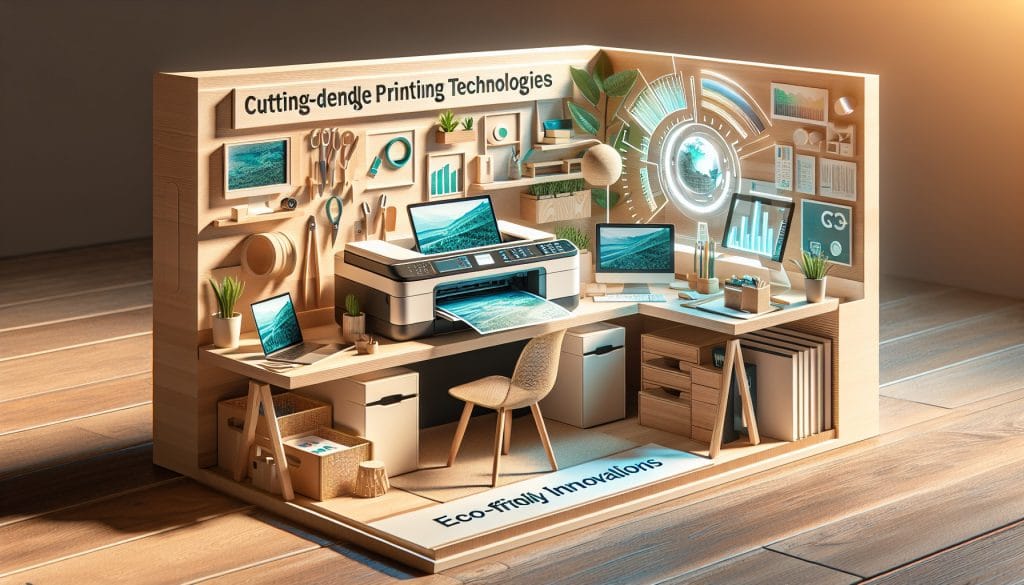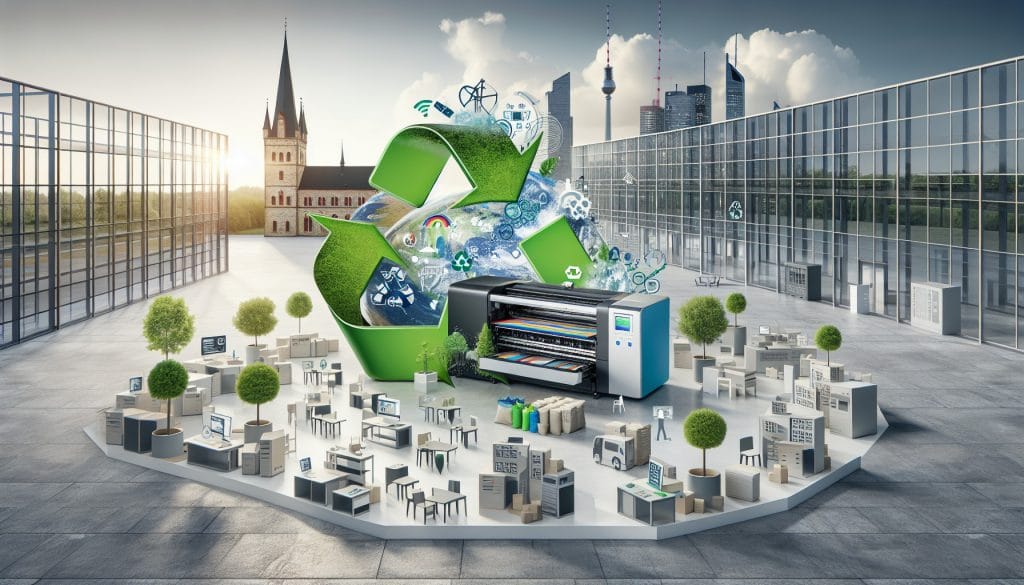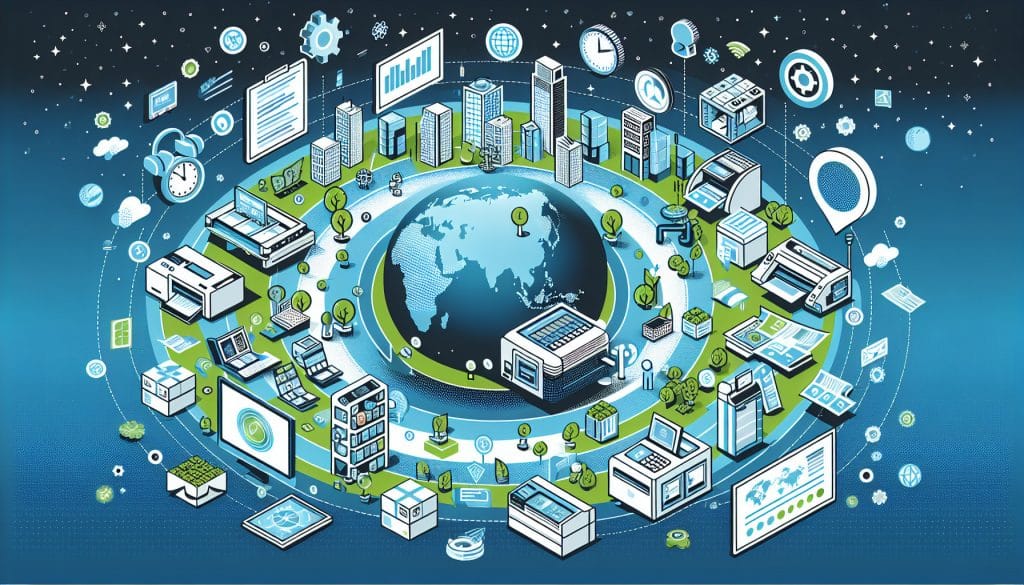Future-oriented printing solutions: How AI and automation are driving sustainability in the printing industry in Germany
The sustainable printing technologies have become increasingly important in recent years. Networked printing solutions based on artificial intelligence (AI) and automation play a crucial role in optimizing resources and reducing waste. Germany has established itself as a pioneer in the implementation of such technologies, which brings not only ecological but also economic benefits.
The Impact of AI on the Printing Industry
Artificial intelligence has the potential to revolutionize numerous industries, and the printing industry is no exception. The use of AI enables more precise data analysis and personalized production of printed products. This leads to more efficient use of materials and energy. The benefits of implementing AI include:
- Optimization of printing processes: AI-supported systems analyze print jobs in real time and adjust production parameters accordingly.
- Reduction of material consumption: Intelligent algorithms minimize the resources required, resulting in less waste.
- Predicting maintenance needs: AI can create maintenance forecasts, reduce downtime and extend the life of printing machines.
An example of using AI in the printing world is implementing software that monitors the print job and makes adjustments as the process runs. This minimizes human errors and optimizes productivity.
Automation as the key to efficiency
Automation is another key factor in improving sustainable printing technologiesAutomating operations enables companies to work more efficiently and make better use of their resources. This includes, but is not limited to:
- Automated workflow processes: This reduces the time required for order processing and optimizes the process chain.
- Integration of software solutions: Software that communicates directly with printing systems ensures seamless transfer and processing of orders.
- Reducing the error rate: Automation minimizes human intervention, which reduces the likelihood of errors.
The combination of AI and automation not only has a positive impact on efficiency, but also contributes significantly to reducing the ecological footprint of printing companies in Germany.
Sustainability through resource-saving materials
Another important aspect in the discussion about sustainable printing technologies is the use of resource-saving materials. More and more printing companies are using environmentally friendly paper and paints and inks made from renewable raw materials. This helps to reduce pollutants and improve the general environmental balance.
Examples of environmentally friendly materials:
- recycled paper: Reduces deforestation and the environmental impact of the papermaking process.
- Bio-based inks: Inks made from plant-based raw materials release fewer volatile organic compounds and are more environmentally friendly.
Companies like Ricoh have driven innovation in this area by developing printers specifically designed for use with environmentally friendly materials. For example, by Original Ricoh Toner you help to increase the efficiency and sustainability of the printing process.
The Role of the Circular Economy in Printing
The circular economy is a paradigm that aims to minimize waste and keep materials in the economic cycle. This is of crucial importance in the printing sector:
- Reuse of printed materials: Printing companies can afford to reuse old materials and scraps, which significantly reduces production costs and waste.
- Recycling programs: Many companies are implementing programs to reintegrate old printed products into the production process.
An example of companies that have successfully implemented circular economy strategies is HP with the LaserJet Enterprise M606, in which the processing of used materials plays a central role.
Strategies to Promote Sustainability in Printing
Around the sustainable printing technologies To further advance this process, several strategies are needed. Some of the most effective measures include:
- Training and awareness: Employees must be trained and sensitized to sustainable practices.
- Investing in sustainable technologies: Companies should be willing to invest in new machines and software designed for efficiency and sustainability.
- Collaboration with partners: Collaborations with other companies that are also committed to sustainable practices can help create synergies and reduce the ecological footprint.
Integrating such strategies requires not only commitment but also a long-term plan to achieve measurable results.
Conclusion: The path to the future of printing
The future of the printing industry in Germany undoubtedly lies in the integration of AI, automation and sustainable printing technologiesCompanies that embrace these changes will not only become more environmentally conscious, but also more competitive. By investing in resource-efficient materials, intelligent systems and automated processes, we will not only create economic benefits, but also protect the environment for future generations.














